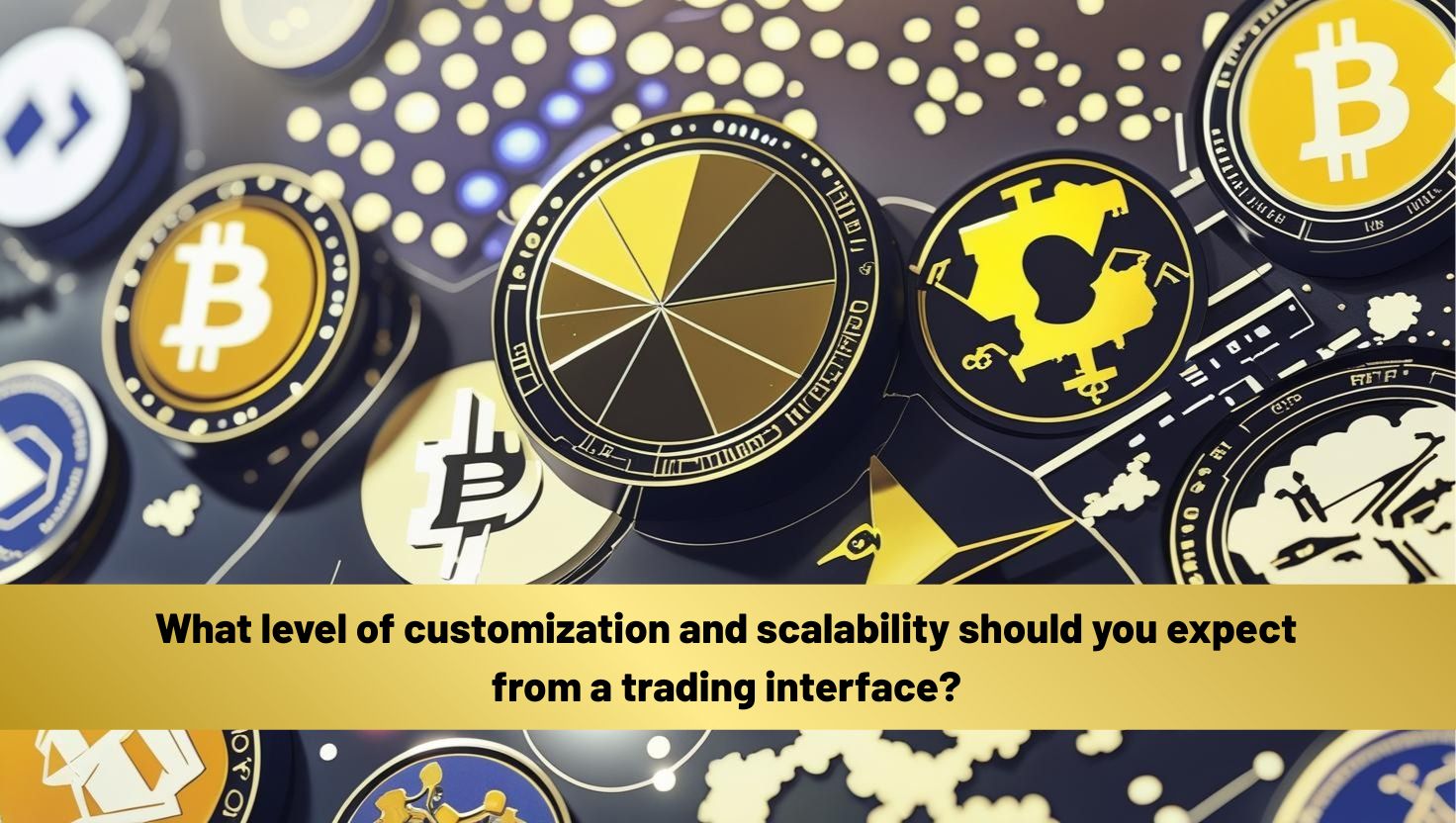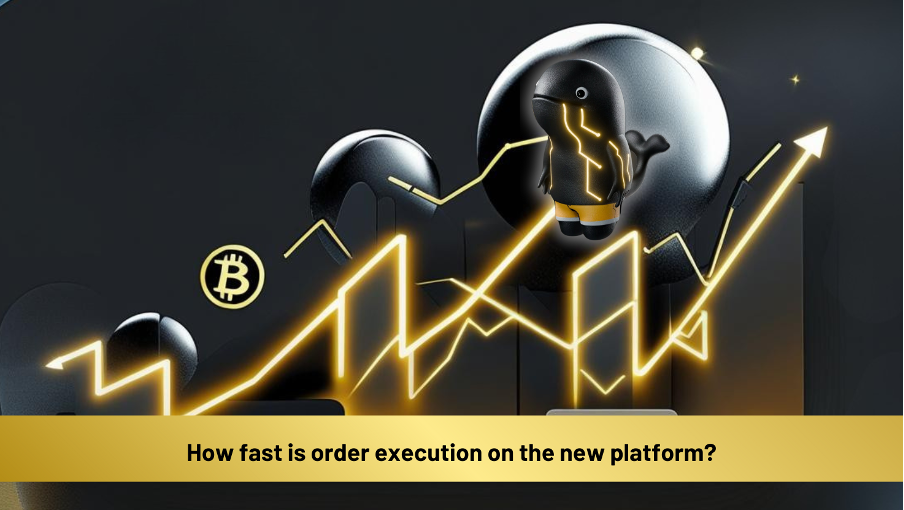For experienced traders and developers, a trading interface isn’t just a tool—it’s the foundation of their strategy execution. And as those strategies evolve, the interface must evolve with them. This post explores what flexibility and growth truly mean in a trading UI and why an adaptable environment is essential for staying ahead.
Customization: The Power to Trade Your Way
No two trading styles are the same. As strategies grow more specialized, traders need interfaces that mold to their specific needs. Customization isn’t just about cosmetic changes—it’s about crafting a workspace that supports your thought process and technical preferences. That includes:
- Building dashboards that highlight the exact data and metrics you rely on
- Tailoring order inputs to mirror your workflow
- Setting up notifications, reports, and alerts on your terms
- Adding custom indicators or linking in external data streams
- Syncing layouts between devices or building setups for multi-screen trading
- When these options are absent, even a feature-rich platform can start to feel rigid and limiting.
The Real Meaning of Scalability in Trading
Scalability in a trading interface is about more than handling more trades—it’s about managing growth without friction. As your strategy becomes more complex or expands across markets, your interface should be capable of adapting, not collapsing. Key aspects include:
- Easy handling of multiple asset types and accounts
- Support for operating and monitoring numerous bots or systems
- Fast transitions between charts, markets, or timeframes
- High-volume data handling without performance dips
- Structured access control for teams, clients, or collaborators
- A scalable platform should keep up with your pace—no matter how fast you grow.
- Key Features to Seek in a Professional Interface
Advanced users should expect tools that empower—not restrict. Look for platforms offering:
- Drag-and-drop dashboards with full layout control
- Custom scripting or formula tools for defining indicators and conditions
- APIs to connect your own tools and services
- Multi-window and workspace management features
- Instant, real-time updates with smooth UI response
- Permission systems to support solo or team-based trading
If a platform limits your ability to shape your workspace or manage multiple strategies, it may not be built for serious trading.
Deep Whales AI: Designed for Flexibility and Growth
At Deep Whales AI, we’ve developed an interface with advanced users in mind. Our platform includes:
- Widget-based dashboards that can be configured freely
- Comprehensive API access for seamless third-party or internal integrations
- Robust multi-strategy and multi-account support
- Optimized real-time data delivery for smooth performance on all devices
- Team-ready access controls and user roles
- Persistent settings and layouts that stay synced across sessions and environments
- We believe a powerful interface should grow with you, not get in your way.
In high-level trading, your interface is your cockpit—it must support fast thinking, strategic adjustments, and long-term evolution. If your current platform feels inflexible or outdated, it might be time to find one that’s built for the future of trading.




